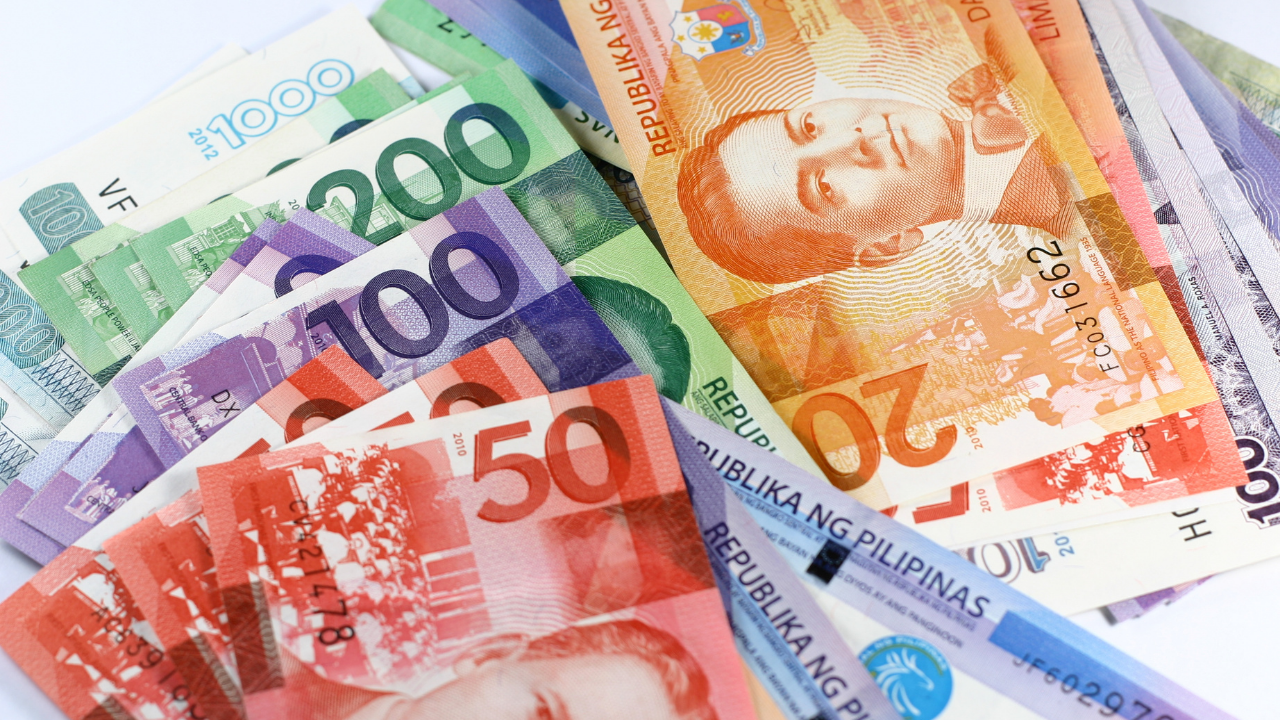MANILA, Philippines—As expected, the Bangko Sentral ng Pilipinas (BSP) on Thursday (Feb. 17) kept the policy rate at the record-low 2 percent during the Monetary Board’s first meeting on the monetary policy stance for 2022.
The meeting and decision to keep the rate steady came ahead of a string of interest rate hikes expected from the US Federal Reserve any time and the BSP’s own move to unwind current monetary easing policy that had helped the economy survive the COVID pandemic.
However, BSP Governor and Monetary Board chair Benjamin Diokno told a press briefing that headline inflation in 2022 and 2023 could end up “marginally” higher due to faster domestic food inflation and global oil prices.
The projected inflation, though, would still be within the 2 to 4 percent range of manageable consumer price hikes that would be conducive to economic growth, said Diokno.
BSP managing director Zeno Ronald Abenoja said the agency’s latest inflation rate forecast for 2022 was now 3.7 percent, using the new consumer price index (CPI) base year of 2018, from 3.4 percent previously under the old 2012 base. Inflation in January was a 14-month low of 3 percent year-on-year.
The rate of increase in prices of basic commodities in 2023 was estimated to be a higher—3.3 percent from 3.2 percent previously.
“The risks to the inflation outlook continue to lean slightly towards the upside for 2022 but remain broadly balanced for 2023. Upside risks are linked mainly to the continued shortage in domestic pork and fish supply and the possible impact of higher oil prices on transport fares,” Diokno said.
“The implementation of non-monetary measures to ensure adequate supply of key food commodities must be sustained in order to mitigate supply-side pressures on inflation,” the BSP chief said.
“At the same time, increased volatility in international oil prices warrants close monitoring and appropriate interventions when necessary in order to arrest potential second-round effects,” he added.
But Diokno said consumer price hikes may be tempered in case economic recovery once again gets derailed by the prolonged COVID-19 pandemic, especially if new and contagious virus strains jack up infections.
Diokno nonetheless pointed to the recovering domestic economy thanks to mass vaccination against the deadly coronavirus, plus reopening of more productive sectors while mobility restrictions eased.
Abenoja said the Philippines’ gross domestic product (GDP), or economic output, was projected to return to its pre-pandemic level by the third quarter of 2022. This will be aided by expectations that most of the country will move to the lowest alert level 1 restrictions during the second quarter, Abenoja said.
Diokno cautioned that “elevated global commodity prices, heightened geopolitical tensions, and the uneven pace of vaccinations across countries could dampen the outlook for global economic recovery.”
“Looking ahead, given the stronger signs of recovery in output growth and labor market conditions and improvements in domestic financial markets, the BSP will continue to carefully develop its plans for the eventual normalization of its extraordinary liquidity measures when conditions warrant, in keeping with our price and financial stability mandates,” Diokno said.
The government targets 7 to 9 percent GDP growth in 2022, following the better-than-expected 5.6 percent expansion in 2021 which reversed the worst post-war recession in 2020 at the height of the most stringent COVID-19 lockdowns.
For ING Philippines senior economist Nicholas Mapa, “the highlight of Governor Diokno’s comments today is his mention of ‘plans for normalization’ — this is the first time Diokno has made mention of his exit strategy this year and suggests that a potential rate reversal is being considered.”
“The BSP also indicated that policy normalization may begin after recording ‘four quarters of GDP growth.’ Thus we believe that the trigger point for a potential rate reversal would have to be linked to a solid economic recovery coupled with depreciation pressure on the peso,” Mapa said.
The Philippines has been posting year-on-year GDP growth since the second quarter of 2021.
Pantheon Macroeconomics senior Asia economist Miguel Chanco said Diokno’s statement was a “nod to eventual normalization, but nothing more.”
He said “the [BSP’s] assumption — which is reasonable, in our view — is that COVID-19 will effectively be a non-issue in the second quarter, when most, if not all, parts of the country are likely to move to the lowest level of restrictions.”
But he said “we are slightly worried about the Philippines’ low level of vaccination, which appears to be plateauing at roughly 55 percent of the population.”
Rizal Commercial Banking Corp. (RCBC) chief economist Michael Ricafort said “the expected start of Fed rate hikes as early as March 2022 would increase the chances of a corresponding hike in the local policy rate but in the latter part of 2022.”
Capital Economics senior Asia economist Gareth Leather said “there is still a long way for the recovery to go” as output remained 14-percent lower than the pre-pandemic trend. “Given the weakness of the recovery, we think the central bank will want to keep policy supportive,” he said.
